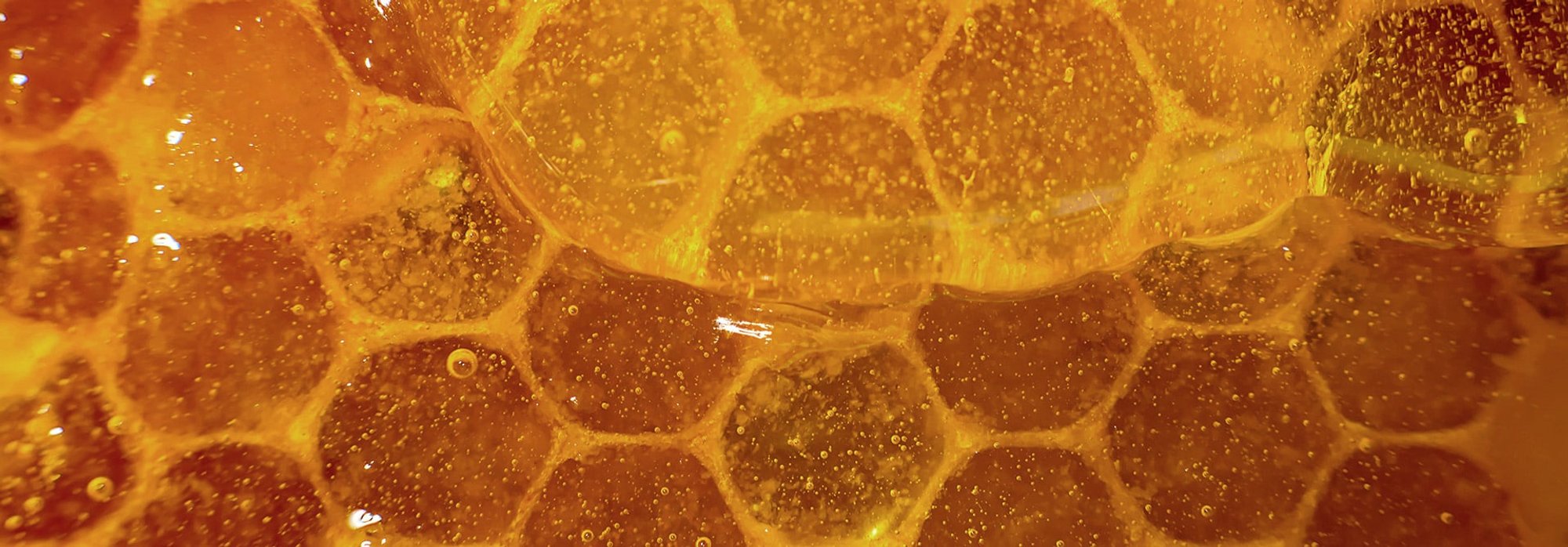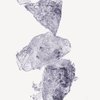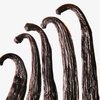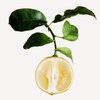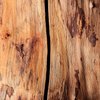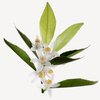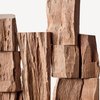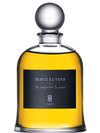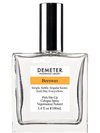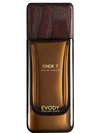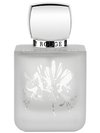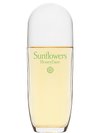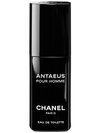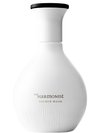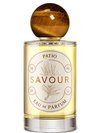Beeswax
Tobacco, honey, floral, animal.
A deeply aromatic note of floral and intense honey nuance, beeswax is used in fine perfumery to add a natural effect to floral, tuberose, jasmine, rose and carnation notes. Beeswax is one of the rarest ingredients used in perfumery and acts as a natural fixative, influencing other notes to linger a while longer. Often described as arousing musk-like, animalistic notes, beeswax is a surprisingly versatile ingredient. Its unique depth is often utilized in combination with notes of tobacco or dried fruit.
Data sheet
- Type
- Extraction Method
- Used parts
- Natural raw material
- Solvent extraction
- Honeycomb





